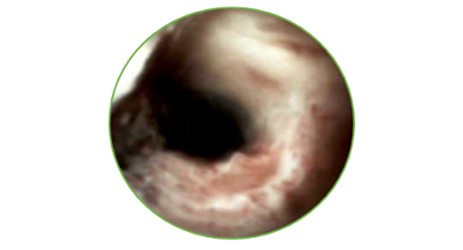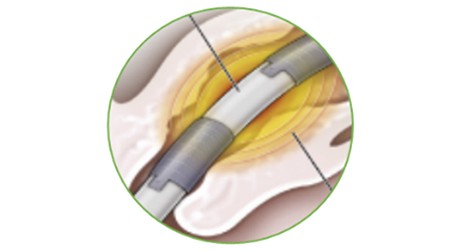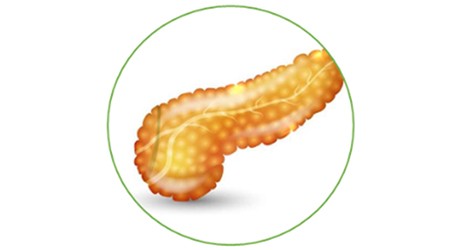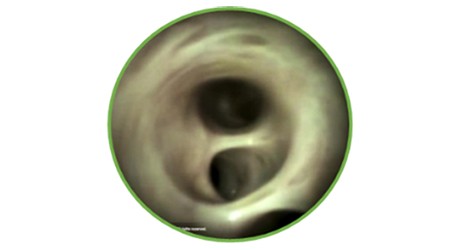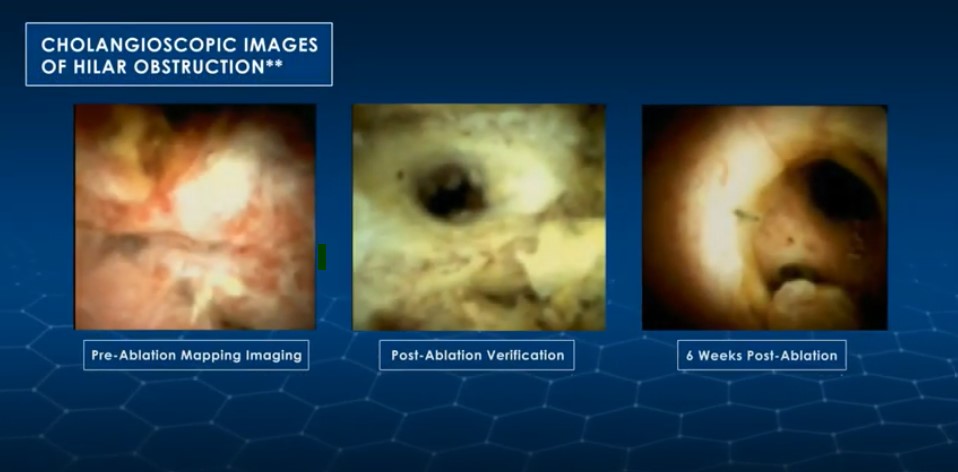Healthcare professionals / Gastroenterology / HabibTM EndoHPB Bipolar Radiofrequency Catheter
Habib™ EndoHBP Bipolar Radiofrequency Catheter
The management of strictures related to pancreaticobiliary disease continues to be an area of exploration and opportunity for treating both malignant and benign disease.
The Habib™ EndoHPB Bipolar Radiofrequency Catheter is the first Radio Frequency (RF) ablation catheter indicated in Europe for malignant or benign tissue ablation in the pancreatic and biliary tract.
The Habib™ EndoHPB RF Catheter enables to perform:
- Partial or complete ablation of malignant or benign tissue
- Ablation in the pancreatic and biliary tracts
- Endoscopic biliary drainage or decompression prior to stent placement or afterwards to clear an occluded stent.
The Habib™ Endo HPB Device is a widely used and published device for biliary ductal ablation with consistent results:
- > 13.500 procedures
- > 30 peer-reviewed published papers
About the Radiofrequency Ablation procedure with Habib™ EndoHBP Bipolar RF Catheter
HabibTM EndoHBP Bipolar RF Catheter has 8Fr (2.7mm) diameter, 180cm useable length and two stainless steel electrodes at the distal tip. The radio frequency is applied to both electrodes to heat the tissue surrounding the catheter.

HabibTM EndoHPB Catheter and Bipolar Adaptor Cables are compatible with most electrosurgical generators and potentially eliminates additional capital investment.
Habib™ EndoHBP Clinical Experience
- Endoscopic biliary radiofrequency ablation with the Habib™ EndoHPB prior to stent placement has been shown to prolong metallic biliary stent patency by 13%, from an average of 8.4 months to 9.5 months.1
- Data shows that RFA with the Habib™ EndoHPB for occluded SEMS significantly improved mean stent patency time compared to plastic stent insertion and add when the stenosis was able to be eradicated to more than 80% of the stent diameter by RFA.2
- Mean plastic stent patency was also longer for RFA and stent at 6.8 months compared to stenting alone at 3.4 months.3
The Habib EndoHPB also provides an option to restore biliary drainage in patients who may outlive the patency of their metallic biliary stents.2
Additionally, RFA is a safe and effective treatment option. A meta-analysis comparing biliary stenting with RFA to stenting alone did not show a significant difference with regard to risk of cholangitis, acute cholecystitis, pancreatitis, and hemobilia. However, RFA was associated with a higher risk of postprocedural abdominal pain.4
Click on the disease state for further information
Habib™ EndoHBP Bipolar Catheter: A Medical Innovation
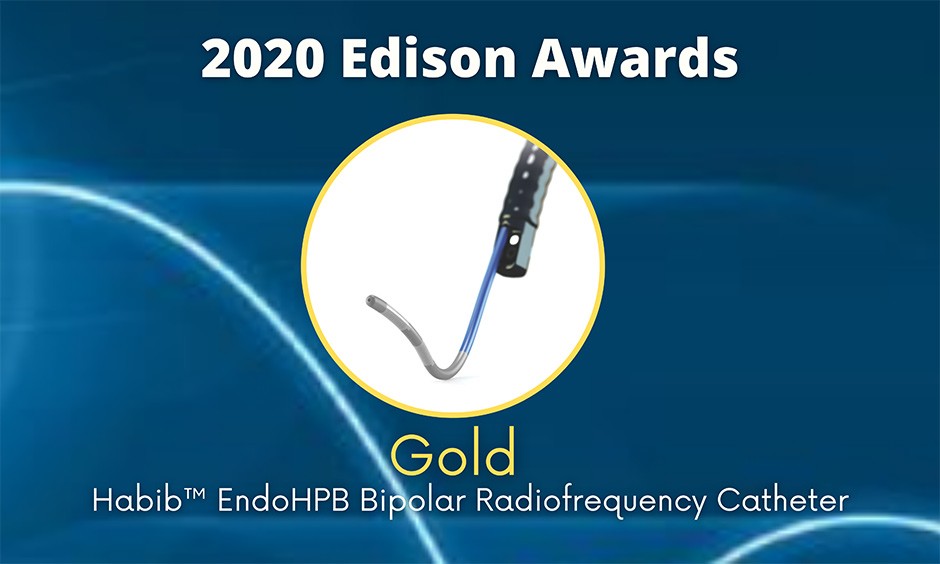
Sources:
- Liang, H. et al., “Metal Stenting with or without Endobiliary Radiofrequency Ablation for Unresectable Extrahepatic Cholangiocarcinoma”, Journal of Cancer Therapy, October 2017
- Kadayifci, Abdurrahman et al. “Radiofrequency ablation for the management of occluded biliary metal stents.” Endoscopy vol. 48,12 (2016): 1096-1101. doi:10.1055/s-0042-115938
- Yang, Jianfeng et al. “Efficacy and safety of endoscopic radiofrequency ablation for unresectable extrahepatic cholangiocarcinoma: a randomized trial.” Endoscopy vol. 50,8 (2018): 751-760. doi:10.1055/s-0043-124870
- Sofi, Aijaz Ahmed et al. “Radiofrequency ablation combined with biliary stent placement versus stent placement alone for malignant biliary strictures: a systematic review and meta-analysis.” Gastrointestinal endoscopy vol. 87,4 (2018): 944-951.e1. doi:10.1016/j.gie.2017.10.029
All trademarks are the property of their respective owners.
CAUTION: The law restricts these devices to sale by or on the order of a physician. Indications, contraindications, warnings and instructions for use can be found in the product labelling supplied with each device.
Products shown for INFORMATION purposes only and may not be approved or for sale in certain countries. This material not intended for use in France.
Product available in the European Economic Area (EEA) only. Please check availability with your local sales representative or customer service.


















